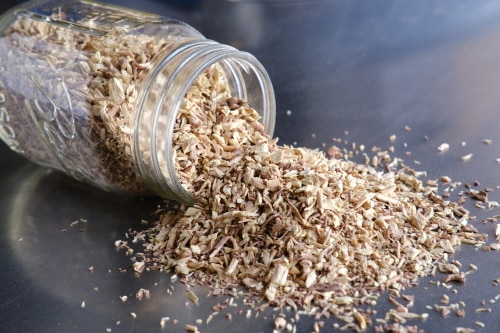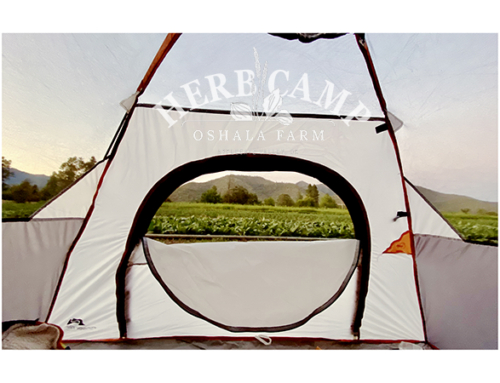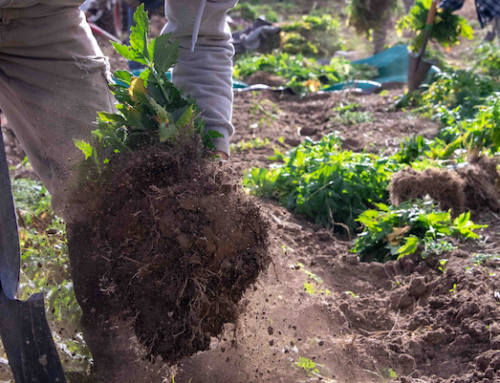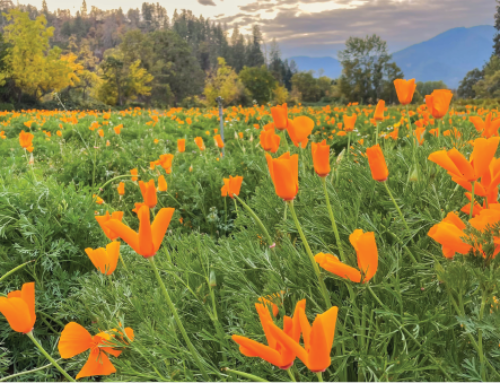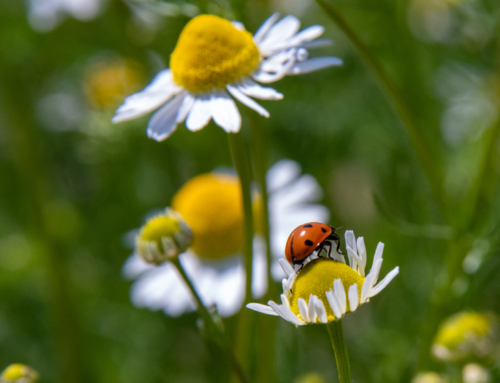Buying herbs online can be confusing. There’s terminology involved that can intimidate even seasoned herb lovers. Do you know the difference between garbled/destemmed and milled herbs?
We’re here to give you a bit more information of what those terms mean, and things to keep in mind when deciding what is right for you.
Garbled/Destemmed– “Garbling” is a term for the process of sorting through herbs, to remove the major stems and unwanted parts of the plant. We garble/destem almost all our aerial parts of plants we harvest unless noted otherwise. De-stemmed plants still have small bits of stem, but it’s a good way to keep the plant more intact . When aerial parts of herbs come milled, you have all the stem chopped into tiny pieces so you don’t know it’s stem.
The pros to garbling and de-stemming are that the end product is mostly leaf and flower with little stem. The plant pieces are larger with less surface area to break down and oxidize. You get the most potent part of the aerial parts of the plant. The cons are subjective; For some, irregular sizes of herbs don’t work for the products they are making (ie. capsules, small tea bags). This process is very time consuming. There is a considerable amount of stem weight lost in the process, which can be costly for farmers.
Milled/Cut sift– the whole harvested part of the plant is milled by machine and cut and sifted into a consistent size. We mostly only mill/cut sift the plants that we harvest the roots of. The pros of this process is that you end up with uniform pieces of plant material. Less labor is needed and it’s super fast in comparison to garbling. Little plant weight is lost in the process as all the stem is milled together so there is less plant loss for the farmer. There are cons too. In aerial parts of the plants, like most herbs you find in commerce, all the stems would be cut up and mixed in with the leaf and flower. When that happens, it’s harder to distinguish the leaf to stem ratio.
Whole/Unprocessed– Most of these herbs are hand picked . These mostly include flowers such as Chamomile, Calendula and Echinacea flowers. We also keep aerial tops of St. John’s Wort, White Sage and Western Mugwort unprocessed.
We consider the nature of each plant when deciding how to process it. Despite being a slow and laborious process, we prefer to garble aerial parts of most plants. With root harvests, we mill/cut sift them so they are more easily usable. We note on the website if a product is milled (Cut/sift or C/S) otherwise all our herbs are garbled/destemmed.
